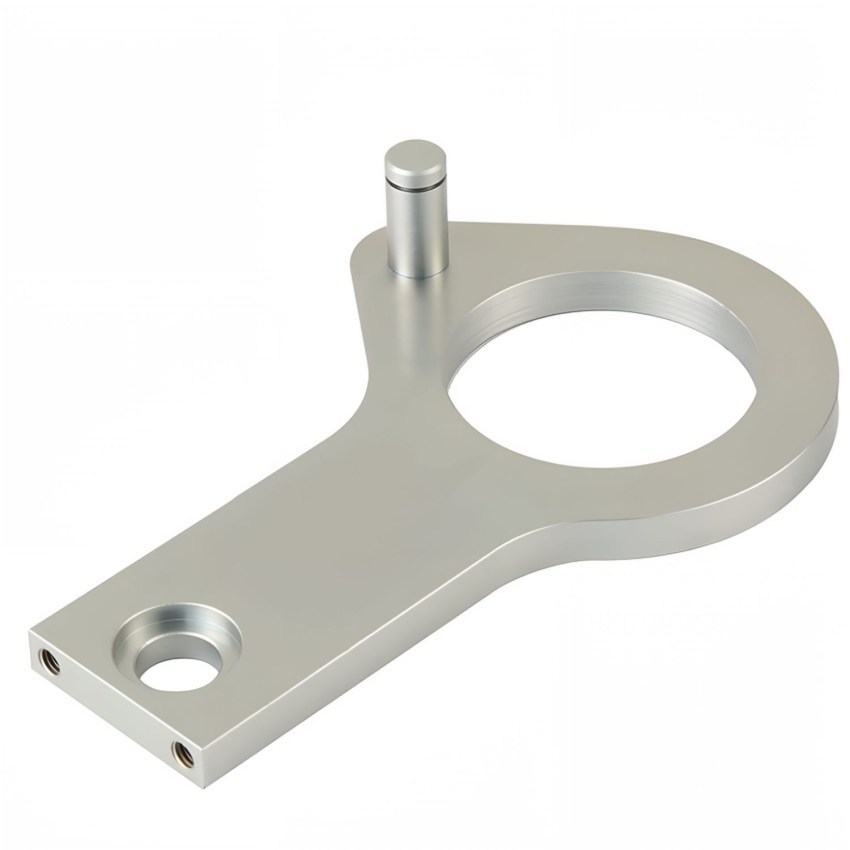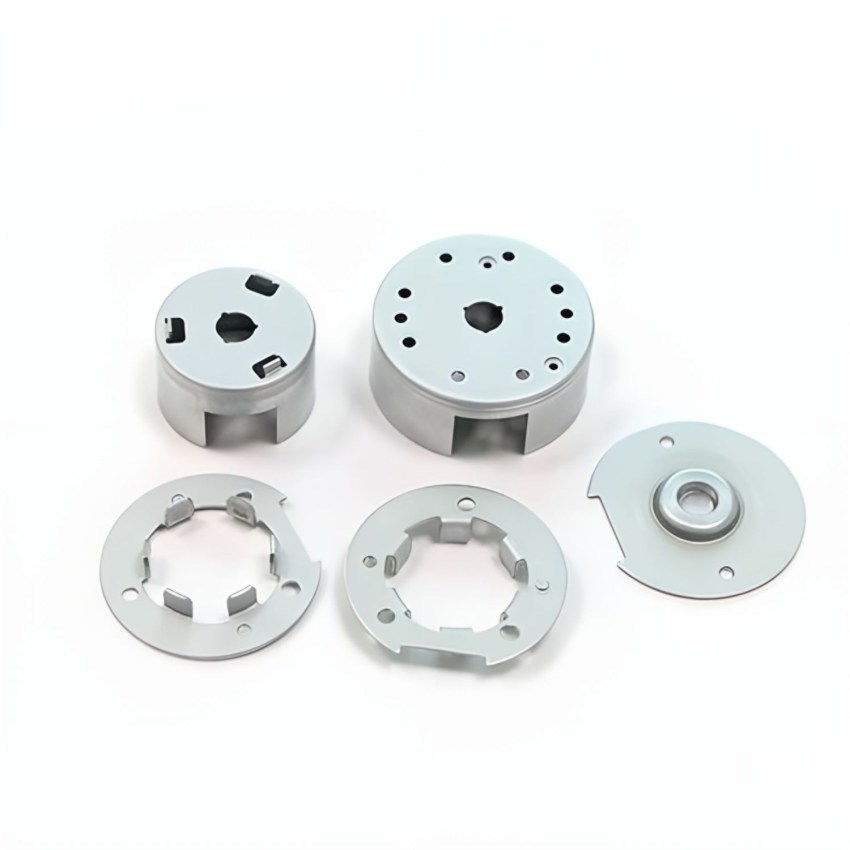Understanding Sheet Metal Manufacturing: A Comprehensive Overview
Release time:
2025-04-25
Sheet metal manufacturing is a crucial aspect of modern fabrication processes, playing an essential role in various industries, including automotive, aerospace, electronics, and construction. This technique is centered around creating products from thin, flat pieces of metal, known as sheet metal, which can be shaped and manipulated through several methods to meet specific design requirements. One

Sheet metal manufacturing is a crucial aspect of modern fabrication processes, playing an essential role in various industries, including automotive, aerospace, electronics, and construction. This technique is centered around creating products from thin, flat pieces of metal, known as sheet metal, which can be shaped and manipulated through several methods to meet specific design requirements.
One of the primary processes involved in sheet metal manufacturing is cutting. This can be achieved through various techniques, including laser cutting, water jet cutting, and traditional methods like shearing. Each cutting method has its unique advantages, with laser cutting providing high precision and the ability to create intricate designs. Following the cutting process, the next step often involves bending the sheet metal. This is typically done using a press brake, which applies force to the metal at specific angles, allowing it to take the desired shape.
Welding is another critical component of sheet metal manufacturing, enabling the joining of multiple pieces of metal. Techniques such as MIG (Metal Inert Gas) welding, TIG (Tungsten Inert Gas) welding, and spot welding are commonly employed. Each technique has its strengths and is selected based on the specific requirements of the project, such as the thickness of the material and the desired strength of the joint.
In addition to cutting, bending, and welding, sheet metal manufacturing also involves processes like punching, stamping, and forming. Punching creates holes or shapes in the metal, while stamping can be used to produce raised designs or patterns. Forming processes involve using external forces to alter the shape of the metal without cutting it, enhancing its structural integrity.
The versatility of sheet metal allows it to be used in a wide range of applications. From producing components for machinery and equipment to creating architectural elements and consumer products, its importance cannot be overstated. The lightweight and durable nature of sheet metal makes it a preferred material in industries that prioritize efficiency and strength.
Furthermore, as technology continues to advance, the capabilities of sheet metal manufacturing are expanding. Innovations such as computer numerical control (CNC) machinery and advanced software for design and simulation are streamlining production processes, improving accuracy, and reducing lead times.
In conclusion, sheet metal manufacturing is a foundational process in the machining and hardware fabrication industry, offering a myriad of techniques and applications. Understanding the various methods involved in this manufacturing process can help businesses leverage its potential to create high-quality products that meet demanding industry standards.
One of the primary processes involved in sheet metal manufacturing is cutting. This can be achieved through various techniques, including laser cutting, water jet cutting, and traditional methods like shearing. Each cutting method has its unique advantages, with laser cutting providing high precision and the ability to create intricate designs. Following the cutting process, the next step often involves bending the sheet metal. This is typically done using a press brake, which applies force to the metal at specific angles, allowing it to take the desired shape.
Welding is another critical component of sheet metal manufacturing, enabling the joining of multiple pieces of metal. Techniques such as MIG (Metal Inert Gas) welding, TIG (Tungsten Inert Gas) welding, and spot welding are commonly employed. Each technique has its strengths and is selected based on the specific requirements of the project, such as the thickness of the material and the desired strength of the joint.
In addition to cutting, bending, and welding, sheet metal manufacturing also involves processes like punching, stamping, and forming. Punching creates holes or shapes in the metal, while stamping can be used to produce raised designs or patterns. Forming processes involve using external forces to alter the shape of the metal without cutting it, enhancing its structural integrity.
The versatility of sheet metal allows it to be used in a wide range of applications. From producing components for machinery and equipment to creating architectural elements and consumer products, its importance cannot be overstated. The lightweight and durable nature of sheet metal makes it a preferred material in industries that prioritize efficiency and strength.
Furthermore, as technology continues to advance, the capabilities of sheet metal manufacturing are expanding. Innovations such as computer numerical control (CNC) machinery and advanced software for design and simulation are streamlining production processes, improving accuracy, and reducing lead times.
In conclusion, sheet metal manufacturing is a foundational process in the machining and hardware fabrication industry, offering a myriad of techniques and applications. Understanding the various methods involved in this manufacturing process can help businesses leverage its potential to create high-quality products that meet demanding industry standards.
Key words:




